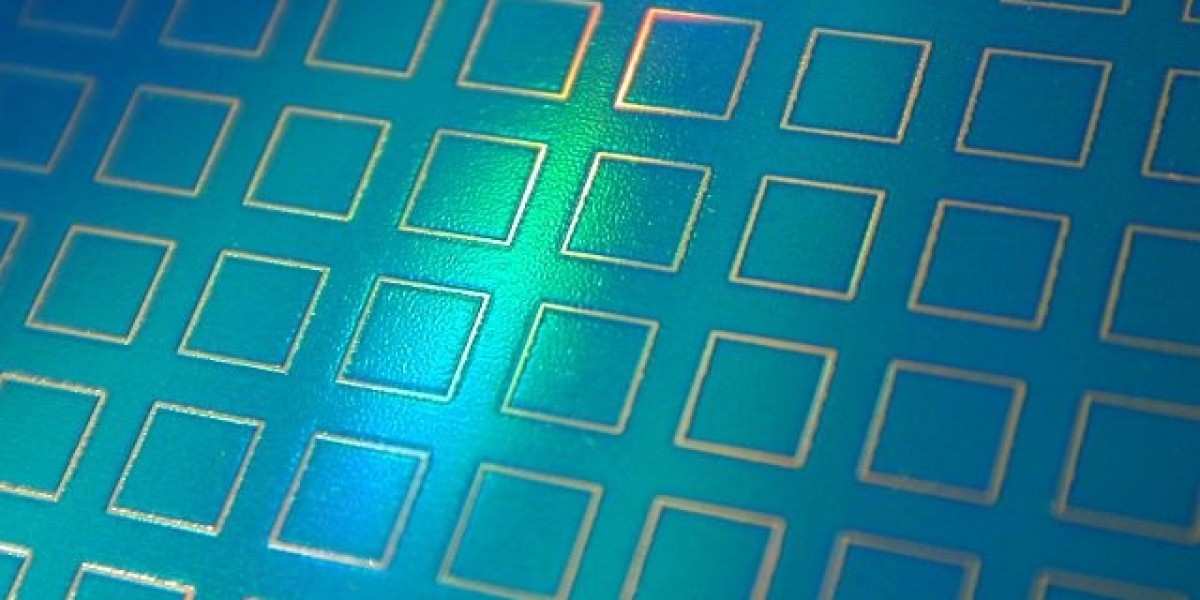The Power of KPV Peptide: A Game- Changer in Functional & Regenerative Medicine
Because KPV targets a key step in the inflammatory cascade, it can be used to treat a broad spectrum of conditions. In chronic wounds, for example, applying KPV locally reduces excessive neutrophil infiltration and accelerates re-epithelialization, leading to faster closure times and fewer scar complications. In autoimmune diseases such as rheumatoid arthritis or multiple sclerosis, systemic administration of KPV dampens the overactive immune signaling that drives joint destruction and nerve damage. Animal studies have shown improved motor function and reduced demyelination when KPV is given in models of spinal cord injury, underscoring its potential role in neural regeneration.
Beyond inflammation control, KPV supports regenerative pathways by creating a more permissive microenvironment for stem cells and progenitor cells to thrive. In musculoskeletal research, combining KPV with mesenchymal stem cell therapy has resulted in increased cartilage repair quality compared to either intervention alone. The peptide’s ability to modulate the extracellular matrix also helps maintain tissue elasticity and resilience, making it an attractive adjunct in anti-aging protocols and skin rejuvenation.
Ready to try KPV peptide therapy as part of a comprehensive functional medicine plan?
Integrating KPV into a holistic treatment strategy involves several steps. First, patients should undergo a thorough assessment that includes detailed medical history, laboratory profiling (such as inflammatory markers like C-reactive protein, cytokine panels, and immune cell phenotyping), and imaging where relevant. Once the baseline is established, a personalized dosing regimen can be designed—typically ranging from low micromolar concentrations for topical use to higher doses for intravenous or subcutaneous routes in systemic conditions. The therapy should be monitored closely with repeat labs and clinical evaluations every few weeks to track changes in symptom burden, inflammatory biomarkers, and functional outcomes.
Because KPV works synergistically with other modalities, it is often paired with nutritional optimization (omega-3 fatty acids, antioxidants), gut health support (probiotics, prebiotic fibers), lifestyle interventions (stress reduction, sleep hygiene), and conventional pharmacotherapy when necessary. By addressing both the root causes of dysregulation and providing targeted anti-inflammatory support, patients can experience a faster return to baseline function and a reduced reliance on long-term immunosuppressive drugs.
You may be a candidate for KPV if you are struggling with:
- Persistent inflammatory conditions that do not fully respond to standard medications, such as chronic sinusitis, osteoarthritis pain, or inflammatory bowel disease.
- Autoimmune disorders where neutrophil-mediated tissue damage is a prominent feature, including rheumatoid arthritis, lupus, psoriasis, and multiple sclerosis.
- Chronic wounds or ulcers (diabetic foot ulcers, pressure sores) that remain non-healing despite conventional wound care protocols.
- Post-traumatic injuries requiring enhanced healing capacity, such as tendon ruptures, ligament sprains, or surgical recovery where scar formation is a concern.
- Neurological conditions marked by neuroinflammation and demyelination, for instance in spinal cord injury rehabilitation or progressive neurodegenerative diseases where immune modulation could preserve neural tissue.
- Individuals experiencing systemic inflammation linked to metabolic syndrome, obesity, or cardiovascular risk, where reducing chronic low-grade inflammation may improve overall health outcomes.








